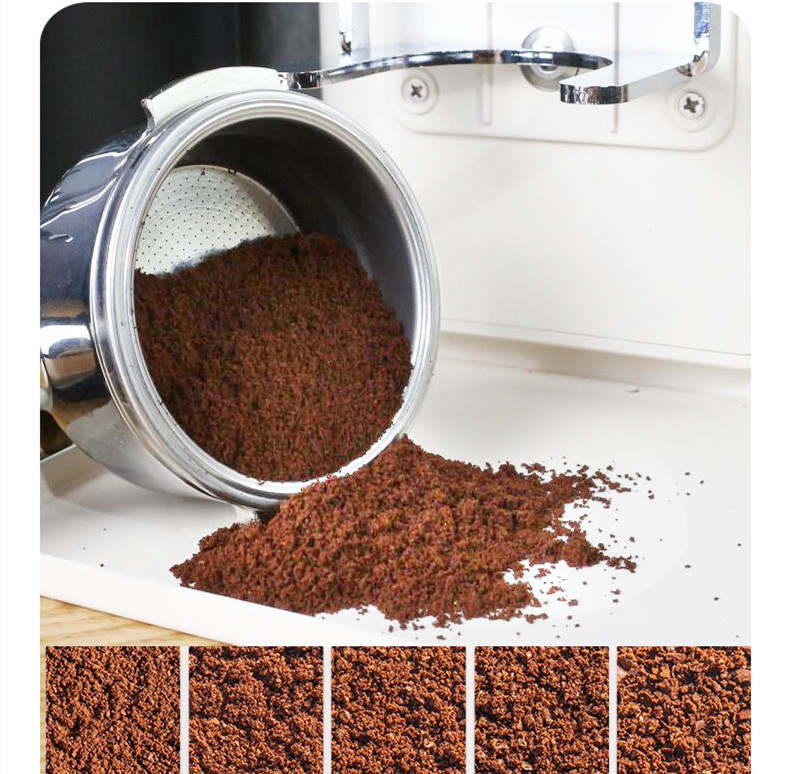The principle of the high-precision temperature control system for commercial baking machines mainly relies on advanced sensing and control systems, achieving precise temperature control through the following links:
High-precision thermal sensor real-time monitoring: The system distributes high-precision thermal sensors at key positions inside the roaster. These sensors act like sensitive “temperature sentinels”, capable of perceiding the temperature changes of the environment and coffee beans in real time and quickly converting the temperature data into electrical signals. Its monitoring accuracy is extremely high, capable of accurately capturing even the slightest difference of 0.1℃, providing precise basis for subsequent temperature regulation.
Rapid response and regulation of the intelligent controller: As the “brain” of the entire temperature control system, the intelligent controller receives temperature signals from thermal sensors. Once it detects that the temperature deviates from the preset range, it will immediately perform precise calculations based on the built-in advanced algorithm, quickly analyze the magnitude and direction of the temperature deviation, and rapidly adjust the power of the heating or cooling device. For instance, when the temperature drops below the set value, the controller will instruct the heating device to increase the power and accelerate the heating rate. When the temperature exceeds the set value, the cooling device is instructed to start or reduce the heating power to achieve rapid and precise temperature regulation.
PID algorithm optimization control process: The PID algorithm is one of the core control strategies of the temperature control system. It achieves precise control of temperature by precisely adjusting three parameters: proportion (P), integral (I), and differential (D). Proportional control adjusts the control quantity proportionally based on the magnitude of the current temperature deviation, enabling the temperature to quickly approach the set value. Integral control performs integral operations on temperature deviations, eliminates steady-state errors in the system, and ensures that the temperature remains stable at the set value. Differential control adjusts the control quantity in advance based on the rate of change of temperature deviation, suppresses temperature overshoot and oscillation, and improves the dynamic response performance of the system. Through the optimization of the PID algorithm, the temperature control system can more stably and precisely control the temperature inside the baking machine.
The feedback mechanism ensures temperature stability: The temperature control system is equipped with a complete feedback mechanism. During the temperature regulation process, it constantly compares the actual temperature with the set temperature and adjusts the control strategy in real time based on the comparison results. If the temperature still deviates from the set value, the system will continue to adjust the power of the heating or cooling device until the temperature stabilizes within the set range. This feedback mechanism enables the temperature control system to promptly respond to various interfering factors, such as changes in environmental temperature and uneven heat distribution inside the roaster, ensuring that the coffee beans remain in an appropriate temperature environment throughout the roasting process.


